How a Schoolgirl’s Fossil Find Helped Resolve a Gaping Hole in the Theory of Evolution
In an Ancient Quarry, A Revelatory Glimpse of Hidden Life
In the spring of 1956, as flowers awakened from their wintry slumber across the wooded valleys of England’s Charnwood Forest, an inquisitive teenager named Tina Negus convinced her family to make an impromptu detour. She led them to an abandoned quarry near the forest’s heart, compelled by memories of a puzzling discovery that may have led to solving Darwin’s Dilemma.
Earlier that year, 15-year-old Negus had spotted a leaf-like impression high on an quarry rock face curtained by hanging tree roots and verdant ferns. The delicate frond fossil intrigued her budding geological instincts. Plant life imprinted in stone? Within these famously lifeless Precambrian rocks over 600 million years old? Before complex organisms even existed? It made no sense. She had to show her family.
But Negus found only spiral drill holes remained. The relic had vanished as mysteriously as it first appeared. “There are no fossils in Precambrian rocks!” her skeptical teacher later insisted. And so the mystery of the fossil that shouldn’t exist was buried for another year.
Across the Atlantic, one of history’s greatest scientists had wrestled with a similar conundrum now termed “Darwin’s dilemma.” Charles Darwin’s landmark 1859 book On the Origin of Species elegantly argued how natural selection could gradually shape life’s bountiful diversity. Yet it conspicuously skirted one thorny question: why do so many complex creatures suddenly materialize in the fossil record over a relatively short period of geological time known as the Cambrian explosion? He conceded “to this question I can give no satisfactory answer…”But the untouched Charnwood quarry still cradled an answer – and it wasn’t done enchanting curious adolescents just yet.
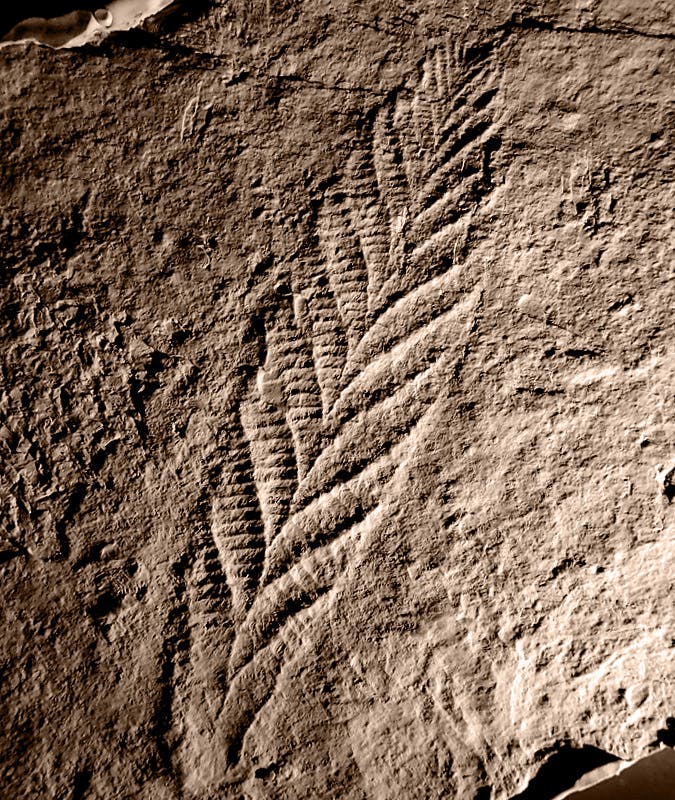
The Quarry’s Call Beckons New Explorers
In 1957, three local boys including Roger Mason scrambled around the very same rock face that had so fascinated Negus a year prior. And 15-year-old Mason spotted the rare prize she had chased in vain: a frond-shaped impression split by a stalk, like some ancient aquatic plant.
His father passed a pencil rubbing to Dr. Trevor Ford, a family friend and professor at the nearby university college. Though initially dubious of Mason’s supposed Precambrian fossil, Ford eventually inspected the patterns firsthand and confirmed the unbelievable. This peculiar frondose lifeform, clearly no artifact of wind or water, had indeed thrived on our planet at least 40 million years before the Cambrian period when complex organisms were thought to have originated.
Ford named the specimen Charnia masoni in Mason’s honor and rushed news of the momentous discovery to his circle of geologist colleagues, including in the prominent journal Nature. Yet beyond specialists, the earth-shattering implications of the Charnia fossil went unnoticed for years even as it flickered fame’s first sparks.
Across the planet in Australia’s Ediacara Hills, an equally stunned group had just identified the very same species of frond fossil in equivalently archaic terrain. The race to upturn evolutionary science had suddenly accelerated. Two children an ocean apart, linked only by their innocent curiosity, had unlocked Darwin’s dilemma.
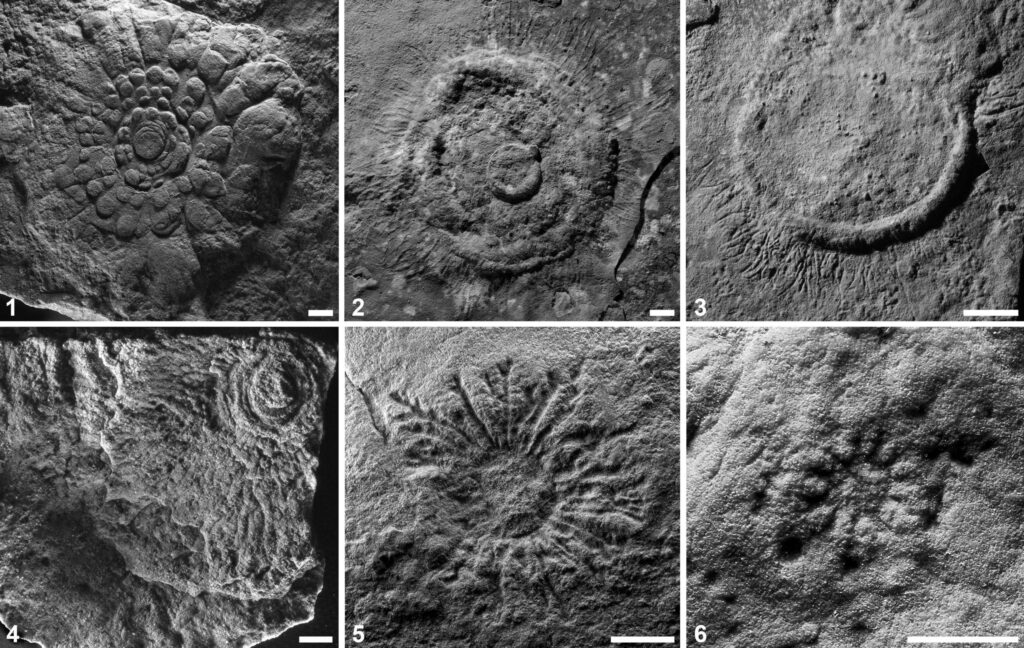
Charnia Opens Up Windows to Ancient Worlds
As geologists absorbed Charnia‘s reality and analyzed surrounding sediments, the bizarre Precambrian realm this peculiar organism inhabited came into sharper focus. Scientists conjured images of erupting volcanoes. They saw a barren land of prokaryotic slime sustained by thriving microbial mats in the oceans.
Oxygen levels stood at just 12%. Primitive algae still slowly refilled marine depths after an extinction event termed “the Oxygen Catastrophe.” Still, the resilient ancestors of Charnia managed to emerge from bare stone. The specialized cells, dedicated respiration, and orderly self-repeating architecture and evolutionary magic required further disenchantment.
While the Charnwood fossils proved too few and localized to reveal broader ecosystem dynamics, another location soon proffered a bounty of further clues. Huge mats of Charnia and wondrous alien specimens blanketed favorably oxygenated seafloors in scattered colonies.
Paleontologists glimpsed fully articulated visions of the unexpected abundance and experimentation unfolding across our globe over 560 million years ago. They stood awe-struck at life already questioning the very boundaries of life through fractal branching, offset symmetry, and biomechanical efficiency hinting at a solution for Darwin’s Dilemma.
Yet amidst the menagerie stood Charnia as perhaps the most mystifying hallmark of this era at evolution’s next edge. With its complete absence of familiar sensory, circulatory, digestive, or reproductive structures, researchers still struggle to classify Charnia definitively as plant or animal. Its kinship lies firmly in Earth’s past alone, an ephemeral Precambrian dream since vanished.
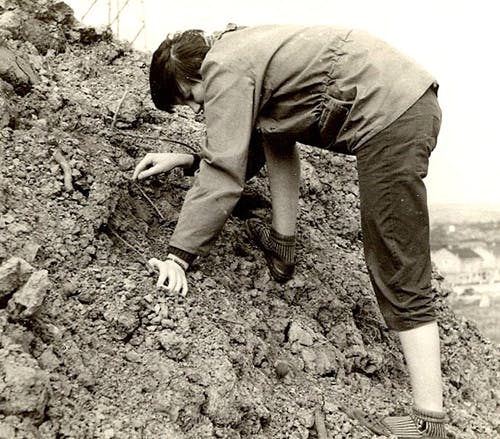
The Quiet Vindication of A Dismissed Discovery
By unearthing proof that complex organisms came before the Cambrian explosion Darwin’s Dilemma seemed to be closer to be solved. Charnia’s saga seemed destined to recast evolutionary theory and reshape scientific doctrine for good. Experts slowly started to be awakened to its significance. The forgotten girl who started it all knew nothing of the destinies she set in motion.
Years passed quietly as Negus studied geography and zoology at university, married, raised children, and settled into life. She was teaching and painting without further geological adventures. Rarely reflecting on her fleeting glimpse of deep time. It was not until 1961 that Negus finally resolved the mystery by reading Dr. Ford’s published account of a newly discovered Charnwood specimen. “I had mixed feelings about this news,” she later wrote with understated English restraint.
Though recognition eluded Negus for decades longer, persistence and the march of progress eventually forced overdue recognition. In 2007, she reunited with Mason and Ford. Celebrating Charnia’s legacy attended by paleontologists from every corner of the globe.
As scholars heaped praise on Mason’s incredible contribution, he politely clarified that true credit belonged to the observant schoolgirl. She chased the impossible a year before his own eyes saw stone leaves stir in the dappled forest sunlight. Thanks to Charnia, Darwin’s Dilemma was no more.
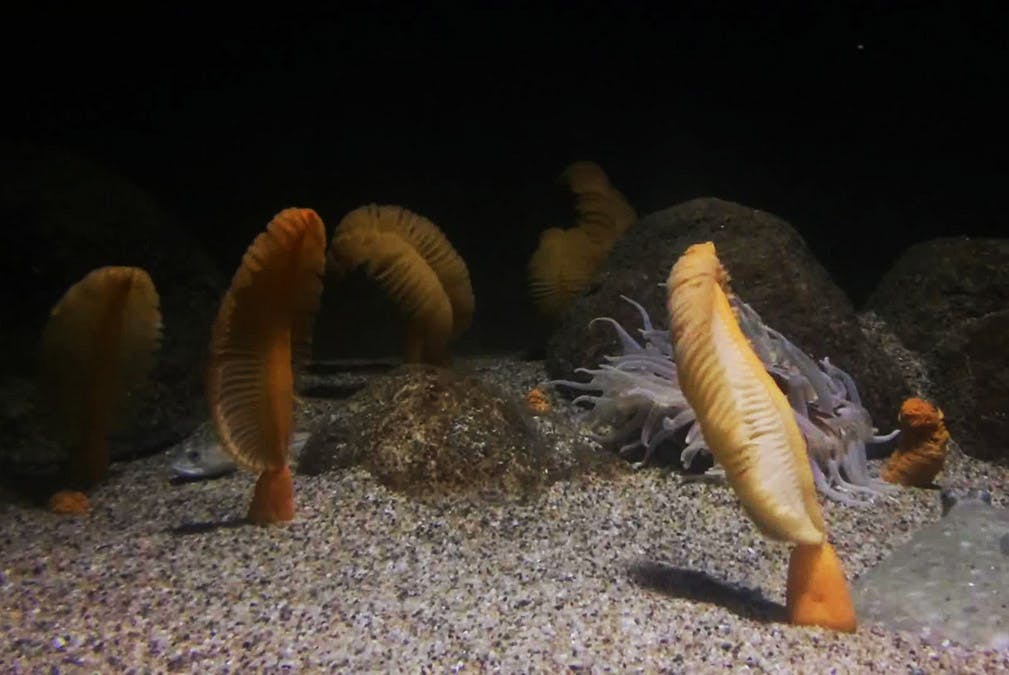
Charnia’s Paradoxical Place in History
The slender torch bearer who opened Earth’s hidden biological treasury warranted far better than the cold disregard shown by disbelieving teachers all those years ago. Especially when earlier geologists and even Precambrian pioneers often met similar fates.
The curious case of Charnia masoni casts a critical light on barriers deep-rooted within the lumbering institution of science itself. Technological advancement had unlocked archaean clues far out performed the establishment’s ability to fairly evaluate disruptive new evidence. An uncontrolled hidden reflex to reject anomalies was at play, what modern psychologists now call confirmation bias.
Yet if eminent geologists in 1859 couldn’t go beyond this tendency, how could we expect more from the teachers of gifted youth? Ultimately, the surrounding culture of skepticism facing Negus in 1956 echoed the very same thoughts Darwin himself struggled with to overcome for acceptance. Even if it was much at odds with the scientific method’s core ethos at the time.
Significance of the Find
This fallacy of thought has proved far more immutable than doctrines engraved in textbooks. But rather than obscuring Charnia’s unlikely message, such timeless human foibles only magnify the discovery’s significance alongside Darwin’s Dilemma and his transcendent deductions.
After all, if children explore the world unburdened by grown-up assumptions. Who better to glimpse realities suspended beyond presently conceivable possibility? What better trait to chart new courses for knowledge than boundless imagination married to innocent wonder? Can one fairly deny a teenage girl her place beside great scholars for chasing her curiosity as doggedly as scholars chase acclaim?
Just as our planet, too implausibly perfect for most to comprehend, spins on with scarce notice from all who walk upon its living skin. Just as stars fracture atoms with otherworldly might to gently nourish fragile beings arguing whether more stars exist at all. And so too, perhaps, has deep time always whispered its secrets through the simplest among us…if only we will listen.
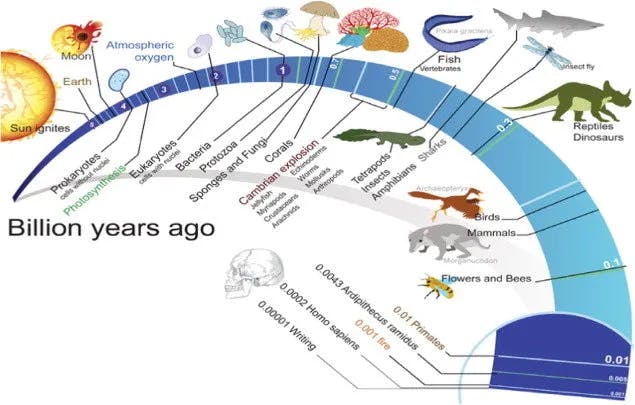
(Ashraf, Muhammad. (2015))
The Next Unsolved Evolutionary Mysteries
Today the reality of microbial and animal life flourishing prior to the Cambrian explosion is firmly documented. Evidence can be seen across every continent through fossils like Charnia masoni. Students can clearly chart biological complexity accumulating in fits and starts over a billion years rather than spontaneously emerging. Proof of his deductions are now abundantly overflowing from Earth’s ever-generous rocky libraries. What might Darwin make of this formerly missing evidence? Could solving his famous fossil dilemma inspire new breakthroughs or pose new riddles?
Indeed, the questions raised by these latest eons now rival the unknowns facing Darwin himself. What freakish alchemy spawned such alien anatomies exceeding familiar brackets of possibility? Why did evolution court such risky experimentation as rewarding pursuit? How and why did Precambrian life engineerefficiency through fractals and segmented replication?
And most inexplicably, what magnificent force or great dying sparked the Cambrian’s sudden desperate flowering only to constrict variation thereafter? Wenger have great sages pondered creation’s capricious volatility in scattering miracles. Does our modern lens now bring its magnitude into sharper focus or obscure the miracle in trying to comprehend spontaneity through statistics?
Perhaps gleaning insights requires observing the world more as a child – unscripted imagination dancing with possibility rather than wielding Occam’s razor against novelty. Each newly former mystery we anatomize inevitably exposes vaster unknown horizons each generation must ponder anew. So as old answers fade new questions surface, the enduring reminder that knowledge itself lives a lifetime framed by unanswerable mystery.
In Conclusion
Just as the sage Darwin himself mapped life’s breathtaking breadth without delving creation’s true depths, so too has Charnia given us but a single slice of time when life still defied full human comprehension. Perhaps we will only characterize Darwin’s ancient enigmas through modern analogues. Yet, there are unthinkable examples that surround us even now, still hidden in plain sight.
After all, have we truly left behind that primeval ocean where brash adolescence found truth in simple possibility cloaked from seasoned experts? Where beyond the restless surface intimating shadowy shapes, who is yet brave enough to plunge into the icy darkness alone in search of life’s glowing roots?
To solve timeless riddles we must see boundlessly like children welcoming each unexpected moment as profound mystery or playful friend. All creation’s magic dwelled within a teenage naturalist chasing fossils. And within her durable precious glimpse of life unlimited lies the promise of so much more just below the next unknown surface we dare pull back.



